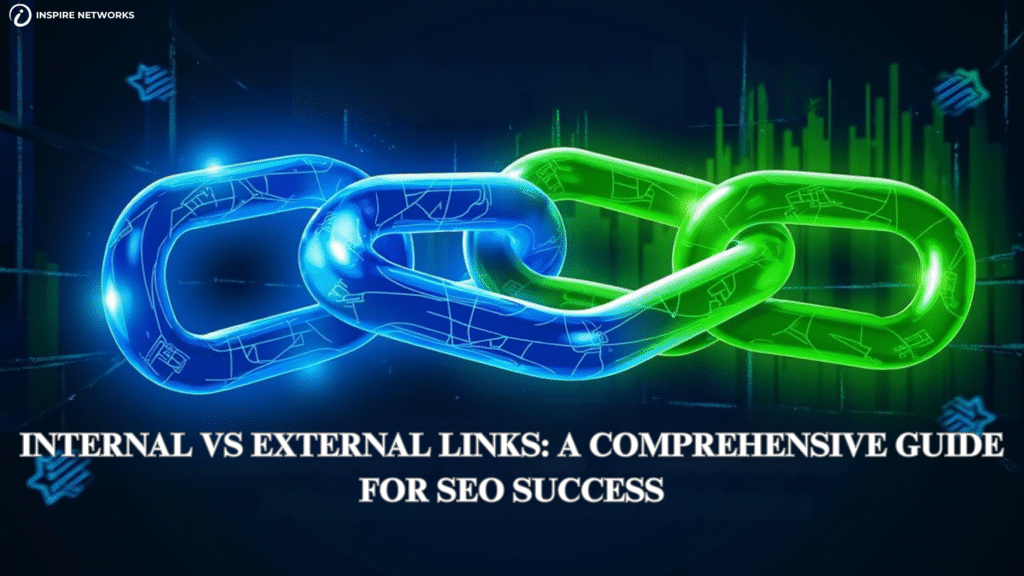Introduction
In today’s digital landscape, the relationship between website design and search engine optimization has become increasingly codependent. While content and keywords are still essential to SEO success, the architecture of a site significantly impacts rankings and user involvement. An intelligently organized structure enhances the user journey while enabling search engines to swiftly comprehend and prioritize pertinent material.
As algorithms evolve in complexity, underestimating the importance of a soundly engineered and optimization-focused site design can impede visibility, elevate bounce rates, and reduce conversion opportunities. Businesses that fail to address architecture as part of their SEO strategy risk finding themselves off the first page. This article explores the pivotal role of site architecture in SEO accomplishment, core components of an optimized framework, and actionable tactics to construct a foundation supporting user experience and search performance.
Why Site Structure Matters for SEO
Site structure frames how data is ordered, interlinked and displayed. It establishes the digital experience’s foundation. An effective structure eases navigation, boosts discoverability, and shepherds users and bots logically and intuitively.
From an SEO angle, a robust structure:
Indexes and Crawls: Bots must traverse a site to index pages. A well-architected site enables efficient discovery and indexing.
Experience: A judicious layout permits easy navigation, pertinent finds, and engagement without friction.
The judicious arrangement of internal links, conveys authority while enhancing discoverability. Pages highly valuable receive greater attention, reinforcing associated sections through connectivity. Tactically distributing equity boosts visibility where most befitting.
Engagement amplifies with swift satisfaction of inquiries. Lengthier exposures emerge from rapid resolutions, permitting expanded interactions. Expediently answering seeks fosters prolonged fixation.
Distinctive designs guide search tools to appropriate sitelinks, strengthening movement. Well-structured sites showing context benefit from clarified associations exhibit in search performances. Orderly frameworks advance exploration by establishing relationships between comparable substances.
Core Components of an SEO-Friendly Site Structure
Constructing an SEO-enhanced website architecture necessitates more than just placing pages. It demands calculated planning, continual consistency, and ongoing refinement. Below are the key components for an effective framework:
1. Structured Hierarchy
Sequence content in a conspicuous sequence from broad to precise. Commence with overarching classes and divide into subclasses and individual pages. For example:
Home > Services > Digital Promotion > SEO Services
This sequence aids users to understand relationships between pages and allows search engines to evaluate relevance and significance of content.
2. Clean and Uniform URL Architecture
SEO-friendly URLs are terse, descriptive, and contain applicable keywords. Avoid unpredictable parameters and instead opt for readable formats:
✅ www.example.com/blog/on-page-seo-checklist
❌ www.example.com/page?id=12345
A uniform URL architecture bolsters the content hierarchy and improves indexing.
3. Intuitive Navigation Menus
Navigation menus guide users and search crawlers. A succinct, well-structured menu enhances the experience and ensures key pages are readily available. Use clear labels, avoid clutter, and constrain the number of top-level navigation options.
4. Internal Linking Scheme
Internal links connect related material, assisting users to explore further while indicating relevance of pages to search engines. Employ descriptive anchor text and strategically connect high-influence pages to elevate lesser-ranked ones.
5. Breadcrumb Navigation
Breadcrumbs orient site visitors by indicating their location and permitting quick backtracking. They also streamline search engine crawling by supporting clearer site maps and allowing search engines to better comprehend content relationships.
Example:
Home > Products > Laptops > Gaming Laptops
6. XML Sitemap and Robots.txt File
An XML sitemap listing significant URLs enables search engines to thoroughly index a site. A properly tuned robots.txt file informs bots which regions to include and which to avoid, simplifying the indexing process.
Strategies for Optimizing Your Website Structure
Elevating site architecture is a deliberate and strategic undertaking that can considerably enhance SEO performance. Here are practical steps for implementation:
1. Conduct a Structural Evaluation
Begin with scrutinizing the present structure. Tools like Screaming Frog, Ahrefs, or SEMrush identify issues such as isolated pages, broken connections, or exceedingly deep pages. Visualize the hierarchy to comprehend the current arrangement.
2. Simplify Your Architectural Design
Aim for a straightforward design where important pages are no more than three clicks from the homepage. This reduces the distance between content and improves both crawlability and the user experience.
3. Group Content Logically
Segment material into thematic classes. For example, an e-commerce site may categorize goods by product type, brand, or application. Each class should have a dedicated landing page and internal links to related sub-pages.
4. Prioritize High-Value Pages
Ensure your most pertinent pages—such as product descriptions, service offerings, or foundational blog posts—are accessible from the homepage or primary navigation. These pages should also receive more internal connections to spread link equity.
5. Optimize Anchor Text
Use keyword-rich anchor text for internal links. Avoid generic terms like “click here” and instead employ contextual phrases like “learn more about our SEO services.”
6. Maintain Consistent Taxonomy and Naming Conventions
Use standardized naming conventions across menus, URLs, breadcrumbs reduces confusion and improves search engine interpretation. However, periodically evaluate taxonomies with analytics for optimization opportunities.
7. Audit Thin and Duplicate Content
Pages with little value dilute authority. Consolidate duplicate or near-duplicate content into more comprehensive pages. Evaluate thinly relevant pages for enrichment or removal to focus on high-quality experiences.
Common Pitfalls that Reduce Effectiveness
Well-intentioned designs can still falter. Consider:
- Overly Complex Navigation hinders usability with excessive options. Simplify menus.
- Isolated Pages become orphaned without internal connections. Audit and link unconnected pages.
- Duplicate Content confuses search engines without canonical tags. Manage similar substances.
- Ignoring Mobile Hinders those on-the-go with unintuitive, non-responsive structures.
- Neglecting Redirects loses SEO value without 301 redirects for moved information.
Conclusion
Competitive digital landscapes necessitate considered site architecture. Logical, user-friendly structures form the foundation for engagement and search success. Continuous evaluation and refinement through an SEO lens ensures discoverability and enjoyment. Focus on taxonomy, navigation, URLs, internal links, and auditing enhances online presence.
While an intelligently crafted site architecture favors all parties involved, from the engines scouring the web to the people actually using it, focusing solely on obedience to algorithms neglects the human element so critical to success online. Prioritizing navigability, clarity of content, and ease of use aims to foster engagement and achievement of goals, whether one’s own or another’s, far better than a disjointed design left wanting of vision. Investing in the user experience proves a shrewd investment indeed.








